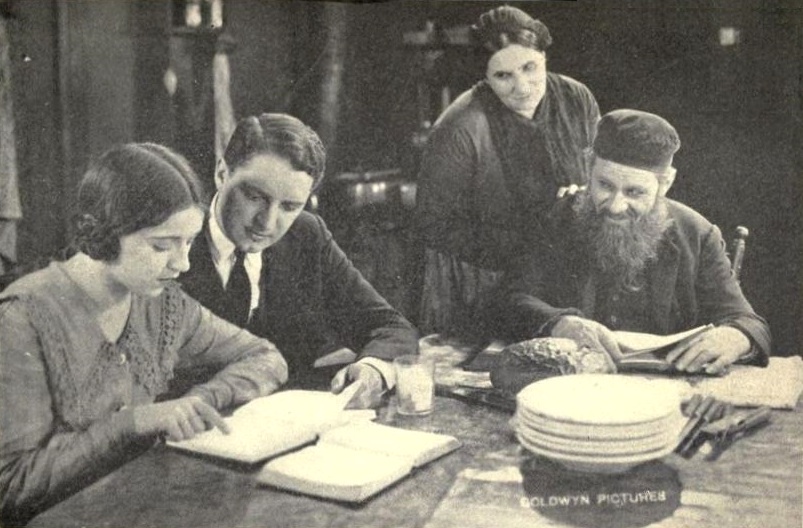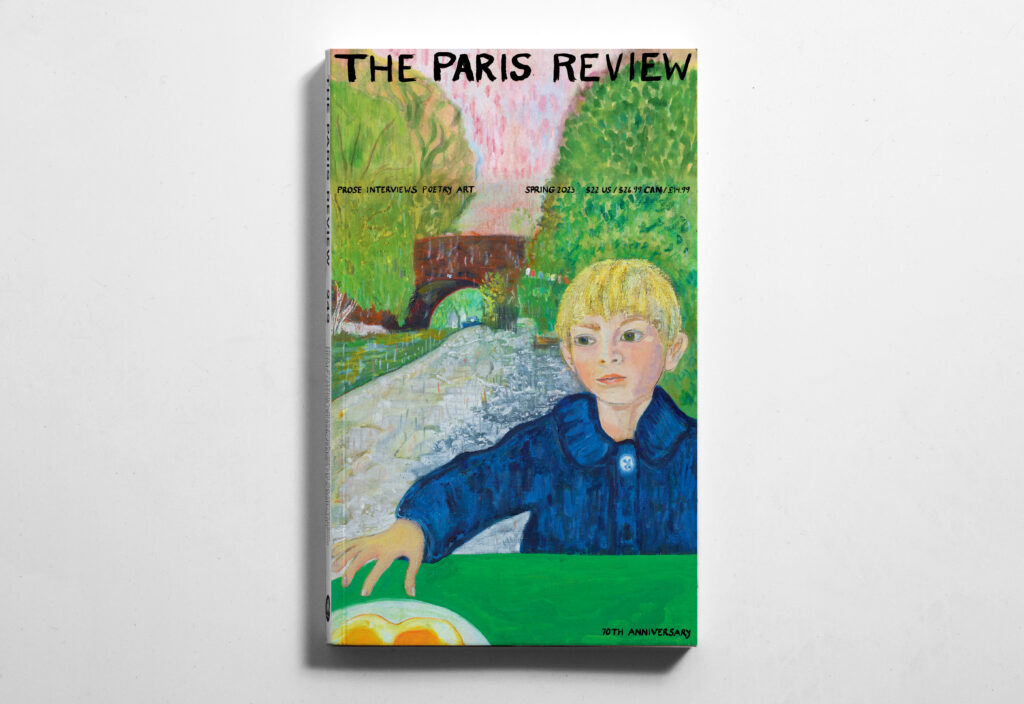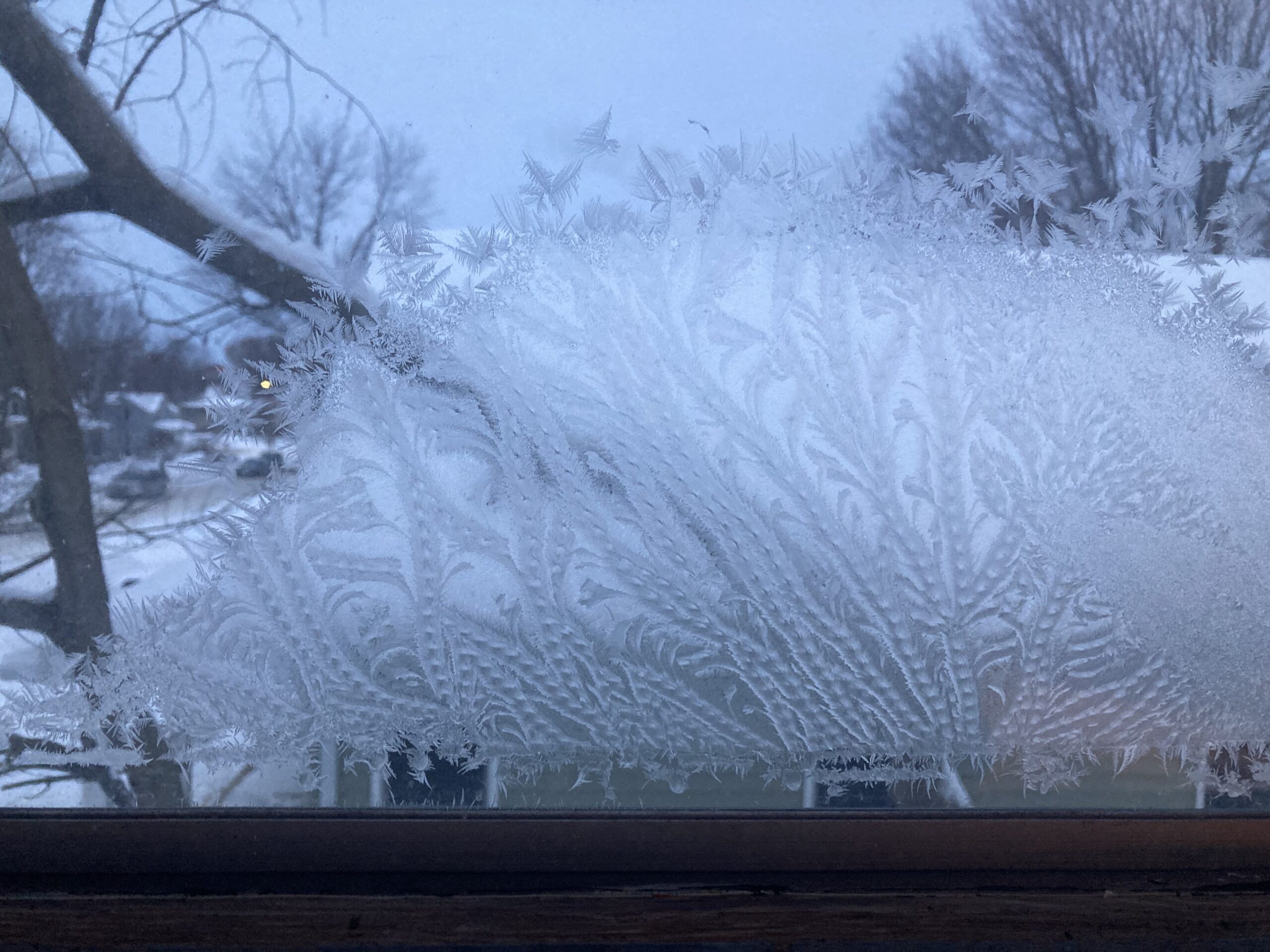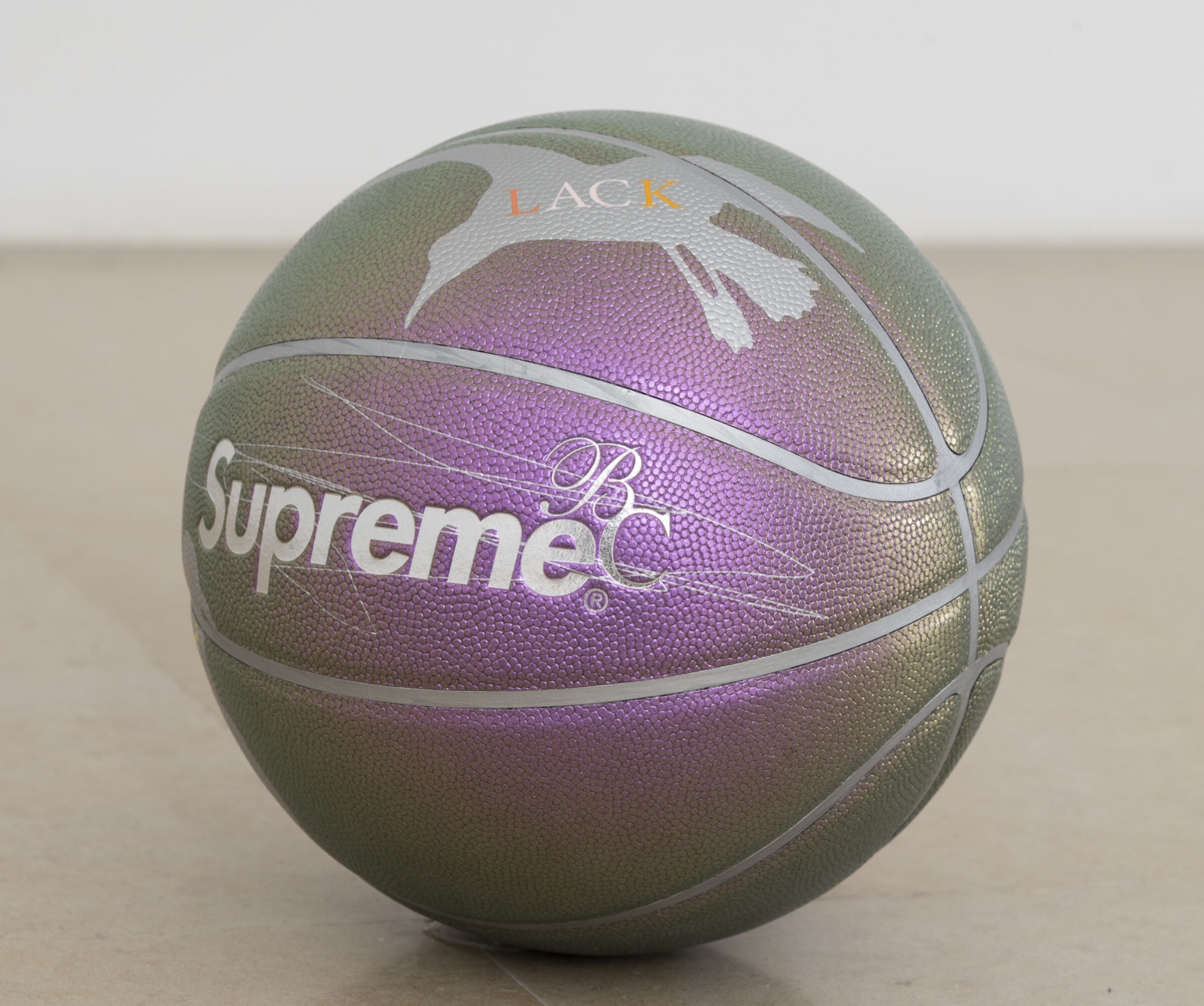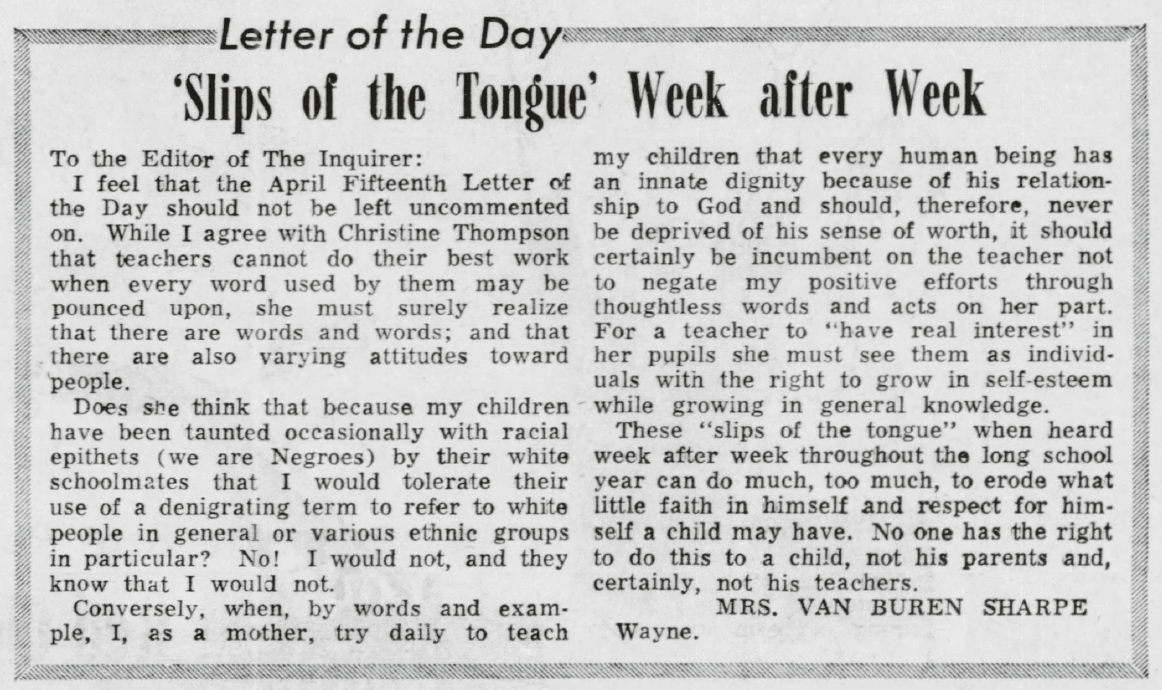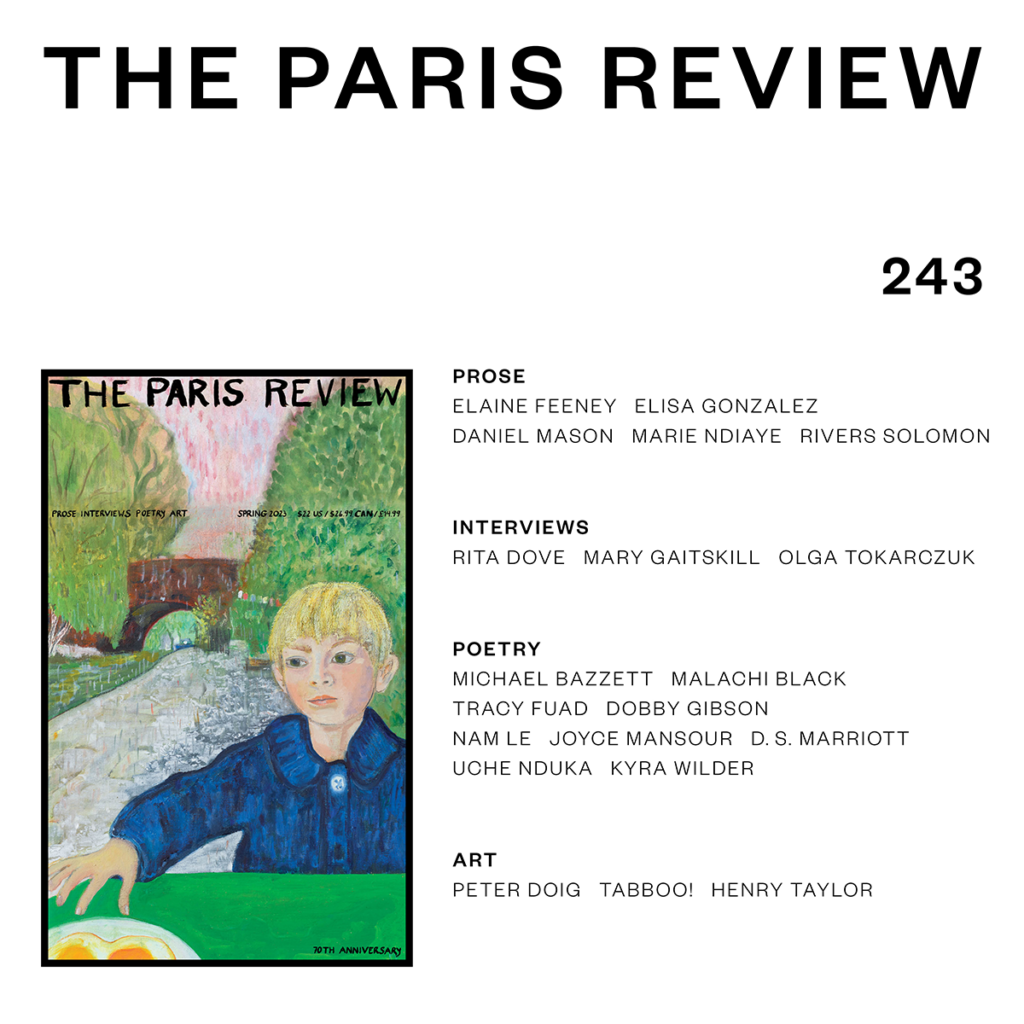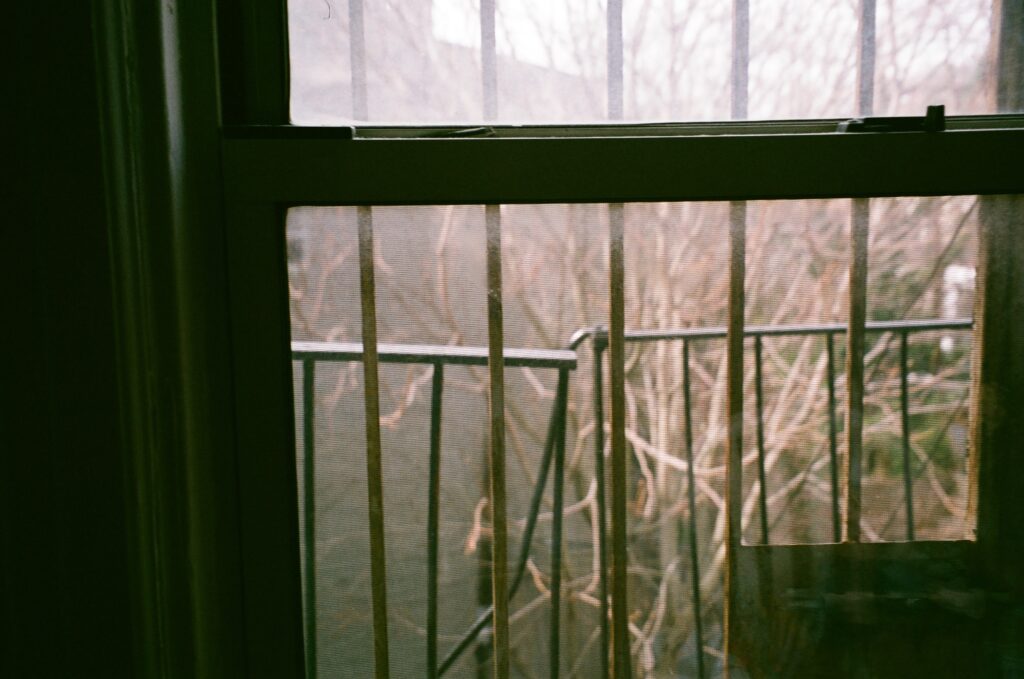Are you ready to add a whole lot of excellent nonfiction to your spring TBR? I hope so, because there is so much of it coming out in the next few weeks. There was a time, years ago, when I didn’t read nonfiction, and while I am grateful every day that this is no longer the case, I am also overwhelmed by the sheer number of nonfiction books on my TBR. If you have the same problem, I am very sorry to tell you that I am not here to help you with it. I am here to make it worse (better).
These April releases are especially rich in genre-expanding nonfiction, but there are also plenty of memoirs and some fantastic history books if that is what you love! You’ll find two brilliant Asian American memoirs that tackle American history and contemporary life through intimate family stories. I’ve got a fantastic memoir about drag for you that features art and photographs alongside the writing! And if that kind of hybrid book is your jam, I’ve got another treat in store: a collection of writing about trees and the natural world featuring illustrations that will take your breath away. I’ve also highlighted some new books by some of today’s most brilliant scholars and poets, including Christina Sharpe and Maggie Smith.
Ready? I promise it’s okay to just preorder and/or place library holds for the entire list.
A Living Remedy by Nicole Chung (April 4)In her second memoir, Nicole Chung writes with incredible grace and tenderness about grief, class, health care inequality, and familial separation during COVID. The memoir centers around the death of her parents, and Chung’s openness, intimacy, and willingness to write her grief onto the page is truly extraordinary. She also has an incredible gift for connection and for illuminating not only her experiences, but how those experiences are a part of a larger, devastating story about America. This is a must-read book made up of anger, loss, and healing. |
The Language of Trees by Katie Holten (April 4)In this beautiful collection celebrating nature and excavating our relationship to it, words and illustrations blend to create a new language of trees and the natural world. Irish artist Katie Holden fills the book with her extraordinary illustrations of trees, which are accompanied by pieces by over 50 writers, including Robin Wall Kimmerer, Ross Gay, and Aimee Nezhukumatathil. The book also features older writing from a diverse array of artists, from Plato to Ursula K. Le Guin. |
Copyright
© Book Riot






